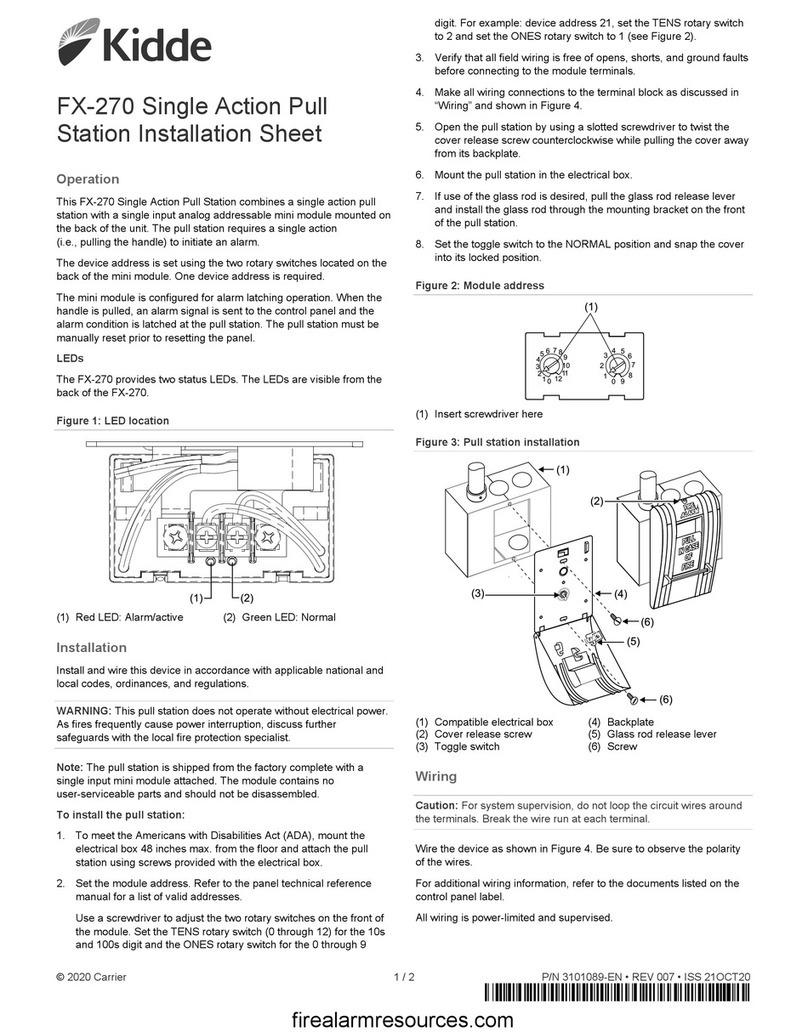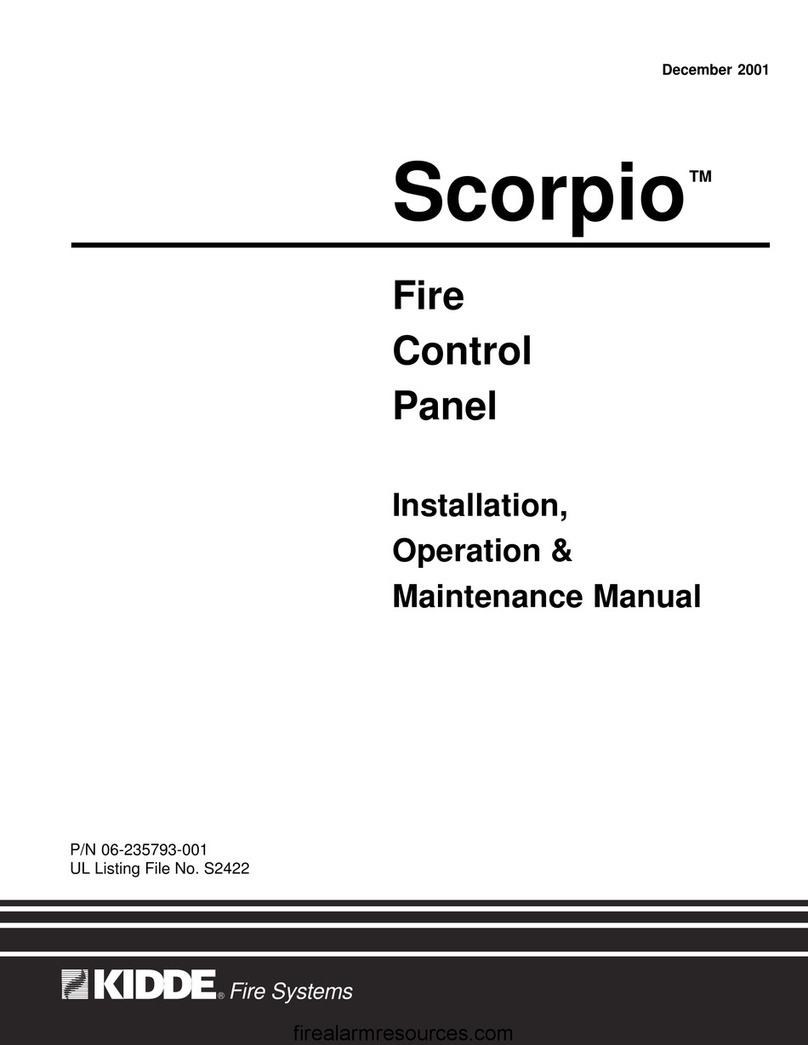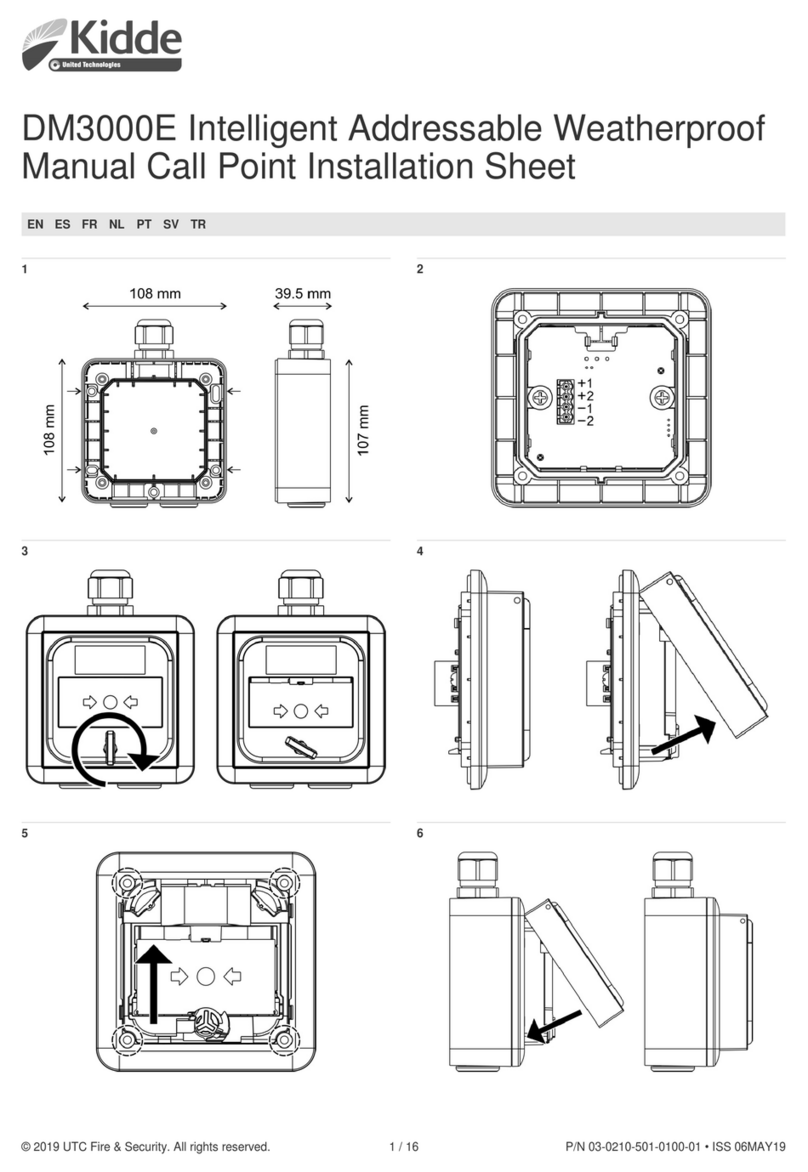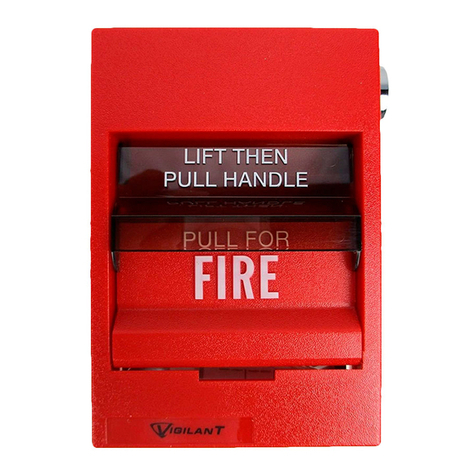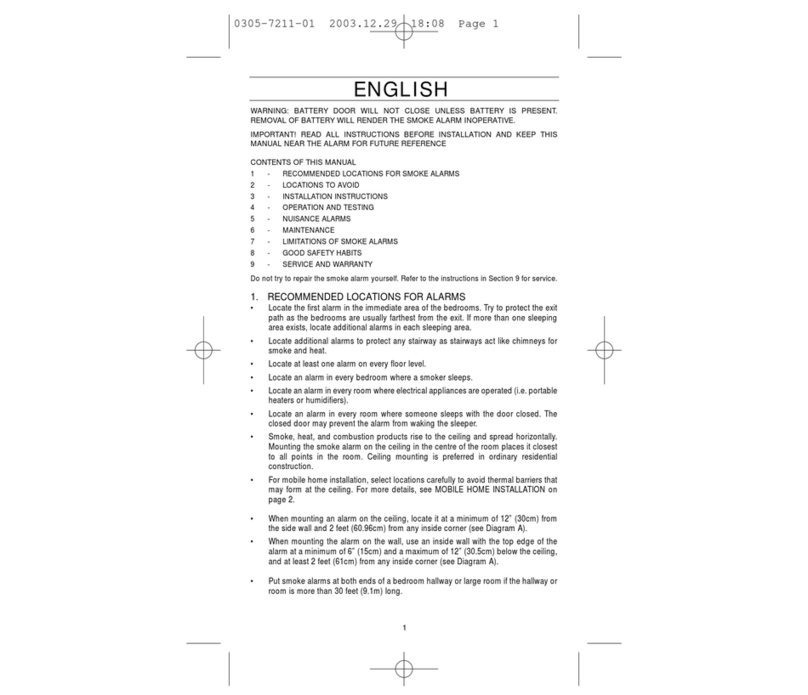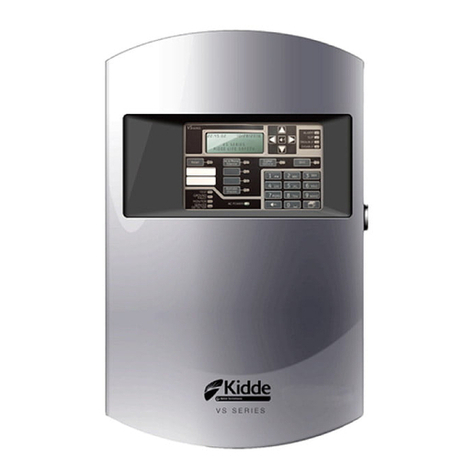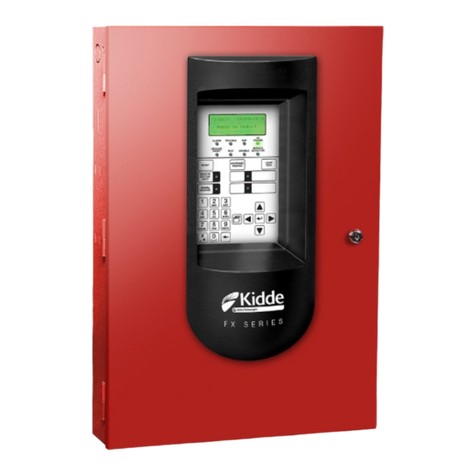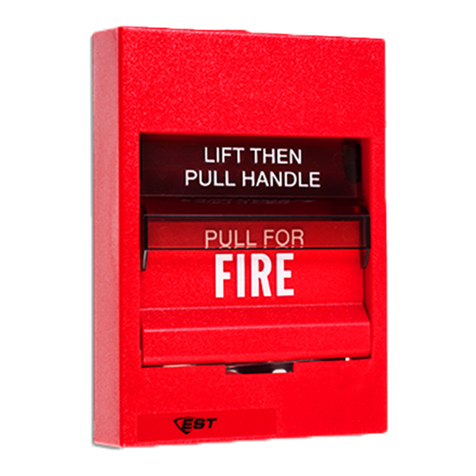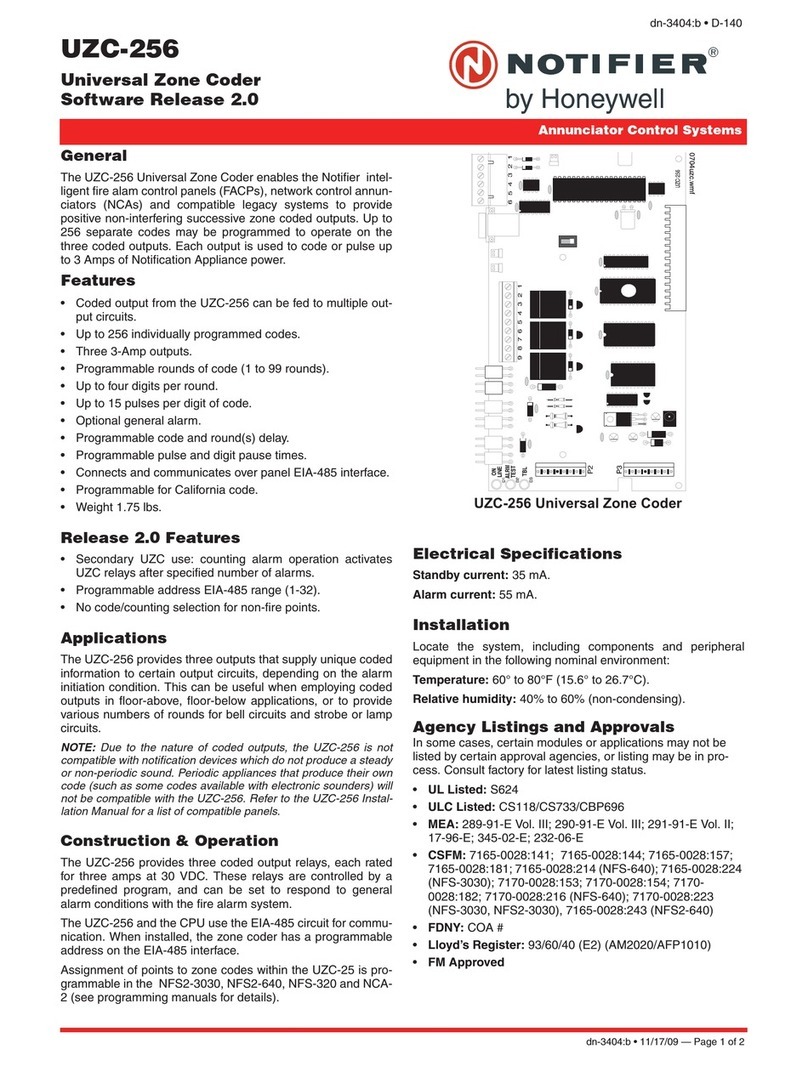
iiiNovember 2002 06-235975-001
Kidde Gemini II System
TABLE OF CONTENTS
Foreword .................................................................................................................................................. i
List of Appendices ......................................................................................................................................... v
List of Illustrations ......................................................................................................................................... vi
List of Tables ................................................................................................................................................. vii
Safety Summary ........................................................................................................................................... ix
PARAGRAPH TITLE PAGE
1 General Information ................................................................................................................ 1-1
1-1 Introduction ................................................................................................................................ 1-1
1-2 System Description .................................................................................................................... 1-1
1-3 Hazard Analysis ......................................................................................................................... 1-1
1-4 Main Control anel .................................................................................................................... 1-1
1-4.1 Display anel ............................................................................................................................. 1-2
1-4.2 ower Supply and Battery Backup ............................................................................................ 1-3
1-4.3 Hazard Block Inputs .................................................................................................................. 1-3
1-4.3.1 Initiating Circuits 1 and 2 ........................................................................................................... 1-4
1-4.3.2 Waterflow Circuit ....................................................................................................................... 1-4
1-4.3.3 Supervisory Input (Supv 1) ........................................................................................................ 1-4
1-4.3.4 Manual Release Input ................................................................................................................ 1-4
1-4.3.5 Abort/Supv 2 Input Circuit .......................................................................................................... 1-4
1-4.4 Hazard Block Outputs ................................................................................................................ 1-4
1-4.4.1 Release Output Circuit .............................................................................................................. 1-4
1-4.4.2 Relay Output (MC Only) .......................................................................................................... 1-4
1-4.4.3 Optional Relay Board (ORB) ..................................................................................................... 1-4
1-4.4.4 Indicating Circuits ...................................................................................................................... 1-5
1-4.5 Communications ........................................................................................................................ 1-5
1-4.6 Logs ........................................................................................................................................... 1-5
1-4.7 rinted Circuit Boards................................................................................................................ 1-6
1-4.8 Enclosures ................................................................................................................................. 1-6
1-5 Remote Hazard Unit .................................................................................................................. 1-6
1-5.1 ower Supply and Battery Backup ............................................................................................ 1-6
1-5.2 Display ....................................................................................................................................... 1-6
1-5.3 Single Hazard Control Block ...................................................................................................... 1-7
1-5.4 Communications ........................................................................................................................ 1-7
1-5.5 rinted Circuit Boards................................................................................................................ 1-7
1-5.6 Reset ......................................................................................................................................... 1-7
1-5.7 Logs ........................................................................................................................................... 1-7
1-5.8 Enclosure .................................................................................................................................. 1-7
1-6 Remote Display Unit .................................................................................................................. 1-7
1-6.1 Input/Output ............................................................................................................................... 1-8
1-6.2 ower ........................................................................................................................................ 1-8
1-7 Communications and the Data Highway .................................................................................... 1-8
1-8 Agency Approvals ...................................................................................................................... 1-9
1-9 Suppression Systems ................................................................................................................ 1-9
2 Operation ................................................................................................................................. 2-1
2-1 Introduction ................................................................................................................................ 2-1
2-2 System Controls and Indicators ................................................................................................. 2-1
2-3 Global and Local Modes ............................................................................................................ 2-1
2-4 Reading the Status Display........................................................................................................ 2-2
2-5 Viewing Current Alarm and Trouble Messages.......................................................................... 2-2
2-6 Silencing Alarm, Supervisory and Trouble Events ..................................................................... 2-3
